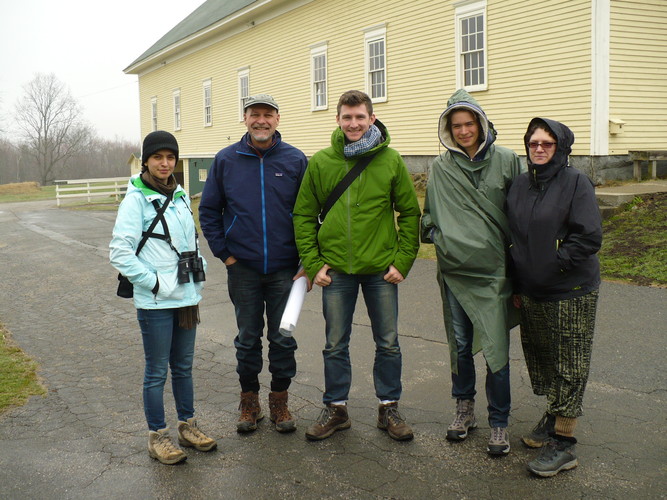The Wrack
The Wrack is the Wells Reserve blog, our collective logbook on the web.
The Wrack is the Wells Reserve blog, our collective logbook on the web.
World Listening Day is July 18. I'd never heard of it until this week, when listener extraordinaire Bryan Pijanowski mentioned it during his noontime talk in the auditorium. Dr. Pijanowski is in town for the Global Sustainable Soundscapes Network's coastal workshop, which includes a site tour here today.

Will these soundscapes reveal habitats of vitality or quiet? What changes happen over time? Is the food web diminishing or increasing with new animals, returning animals? Are the sounds different from year to year, day to day, month to month, season to season?